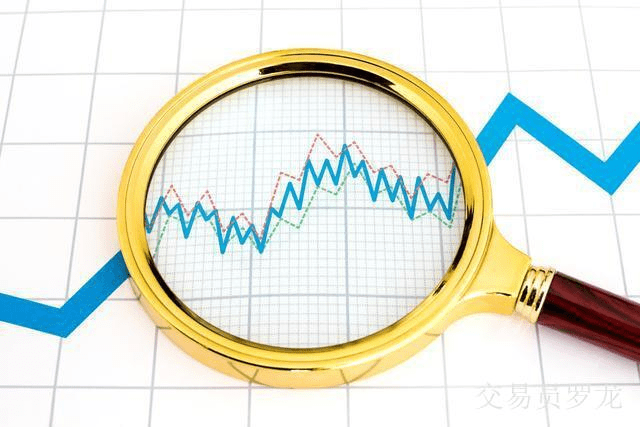This is an opportunity for the perceptive! Old Cat has also established a blockchain learning platform: Old Cat Blockchain Online Course. Everyone is welcome to search for and follow on V to recharge your faith! So that you don't miss out on the path to financial freedom.
In the past two weeks, most mainstream currencies have started another round of significant fluctuations, so the topic of today's article is to discuss a practical trading strategy for such a highly volatile market: grid trading!
According to statistics, 80% of the time in the entire cryptocurrency market is spent in consolidation, while the remaining 20% of the time is spent in dramatic price increases or decreases. If you're interested in the accuracy of this data, you can randomly pick one of the top 50 cryptocurrencies and pull up the 1-hour candlestick chart; you can basically observe that it generally conforms to the above judgment.
If some of you have experience in A-shares, US stocks, or other markets such as forex, you may also notice that roughly 50% of the time, the market is moving in a consolidating manner.

Looking back at the unique phenomenon of the cryptocurrency market, almost all price changes occur within minutes. If you are a traditional manual trader, it is very difficult to participate in the market during these fluctuations. Most of the time, you are just slapping your thigh; once your mindset is unstable and you lack an effective trading strategy for guidance, it is easy to fall into the erroneous rhythm of 'chasing highs and cutting losses,' losing your resources and getting washed out.
So what is grid trading? Why does Old Cat recommend it for volatile markets?
Grid trading, if understood from a mathematical perspective, can be described as an arithmetic sequence incremental trading method, which can be summarized as buying on dips and selling on highs, characterized by small pullbacks and low risk. To help everyone understand better, let me give you an example:
Taking the eth/usdt trading pair as an example, suppose you initially have 1000 USDT, and at this time the price of ETH is 100 USDT, you buy 5 ETH. Your position is now 500 USDT + 5 ETH. If ETH rises to 120 USDT, you need to sell 1 ETH at the market price of 120 USDT, and at the same time place a limit order to buy 1 ETH at 100 USDT, and place a limit order to sell 1 ETH at the position of 140 USDT. If ETH fluctuates by 20 USDT at this position, which is about a 2% fluctuation, it can trigger repeated trades, allowing you to continuously capture a profit of 20 USDT. The following two images compare the income difference between using grid trading and not using grid trading.
Taking the initial capital of 1000 USDT from the previous example as an example;
Figure one uses grid trading:

Figure two does not use grid trading

The final result is that after adopting the grid trading strategy, during the period when ETH first rises to 140 USDT, then drops to 80 USDT, and rebounds to 120 USDT, the final profit is 80 USDT more than if no trading strategy was used.
At this point, many friends might start calculating in their minds that this trading strategy is too moderate.
However, Old Cat wants to say that all trading strategies are not perfect, and the participants in each cryptocurrency market are diverse in nature. Although the grid trading strategy is an old method, it can be very effective in reducing risk under the 'high-frequency fluctuations' of the cryptocurrency market, and its profitability is quite good. After all, even in consolidation, I believe that in the current market, many cryptocurrencies have an average real volatility of about 5% per day. If you are someone who dreams of becoming rich overnight, I advise you to stay away from the cryptocurrency industry.

The advantage of grid trading lies in its ability to effectively avoid emotional misoperations during trading. Many friends suffer significant unrealized gains and losses due to the impact of the market's big ups and downs.
Of course, the grid strategy is not perfect. For example, it is not suitable in a one-sided market, so at this time, a purely grid strategy could lead to running out of resources too early or missing out on larger profits. Therefore, the strategies that need to be combined at this point must include trend judgment strategies. Also, the strategy I mentioned above is just a very basic concept; if you want to implement it in real trading, many auxiliary strategies need to be used together. A single strategy can easily result in low capital utilization or get trapped in a one-sided market, leading to an early exit.